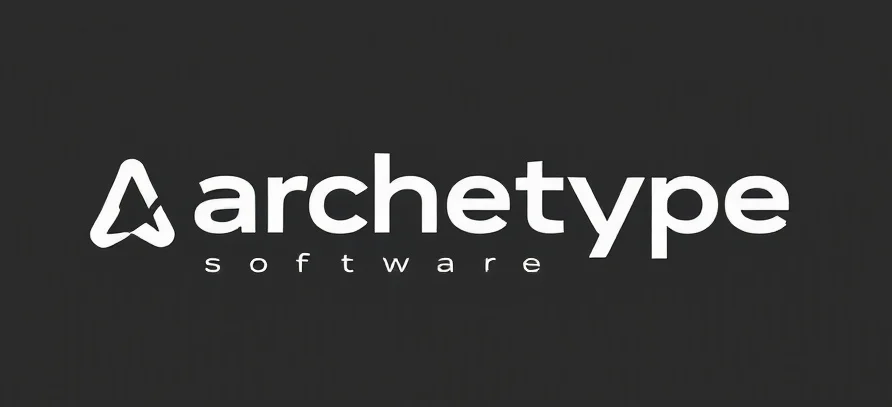Unlocking the Mysteries of Automation: A Journey into the Future
Imagine a world where your daily routines are handled seamlessly by intelligent systems—robots that understand your needs, software that predicts your next move, and operations that run themselves without constant human oversight. Sounds like something straight out of a sci-fi novel, right? But in reality, this isn’t just fantasy; it’s the evolving landscape of automation. If you’re curious about what exactly automation entails and how it’s transforming industries, check out What do you mean by automation?.
What Is Automation? A Simple Explanation for a Complex World
The Heart of Automation
At its core, automation is about using technology to perform tasks that would otherwise require human effort. Think of it as handing over repetitive, predictable tasks to machines—freeing up humans to focus on more creative, strategic pursuits. Whether it’s a robot assembling cars on a factory line or software sorting through thousands of emails, automation is all about efficiency and consistency.
Storytelling Through the Lens of Sci-Fi
As a sci-fi enthusiast, I love imagining a future where AI and automation are woven into the very fabric of daily life—think of the friendly robot butler in your home or autonomous vehicles making commutes smoother. These visions are no longer distant dreams; they’re steadily becoming reality. For instance, in many industries today, automation is not just a convenience but a necessity. It helps companies handle vast amounts of data, streamline workflows, and make smarter decisions faster than ever before.
The Many Faces of Automation
From Manufacturing to Healthcare
Let’s take a journey through different sectors. In manufacturing, robots have revolutionized assembly lines, increasing speed and reducing errors. In healthcare, automation assists in diagnostics, patient management, and even robotic surgeries—imagine a future where a robot performs a precise surgery while a human doctor supervises from afar.
Business Processes and Customer Service
Automation isn’t just about physical machines; it’s also about software. Automated workflows in finance, marketing, and customer service are transforming how businesses operate. Chatbots that handle customer inquiries or AI-driven analytics that predict market trends are just the tip of the iceberg. They make processes faster, more accurate, and more scalable.
Why Does Automation Matter? The Human Side of the Equation
Here’s where the story gets interesting. Automation isn’t about replacing humans; it’s about empowering them. When mundane tasks are automated, people can focus on creative problem-solving, innovation, and building relationships—things that machines aren’t quite capable of yet. Think of automation as your sci-fi sidekick—handling the routine so you can tackle the extraordinary.
Challenges and Considerations
Of course, embracing automation isn’t without its challenges. Concerns about job displacement, data security, and ethical considerations are real. But with thoughtful implementation, automation can lead to new opportunities and a more efficient, interconnected world. It’s like upgrading from a basic spaceship to a fully equipped starship—more power, more capabilities, but also a need for responsible navigation.
The Future Is Now
Looking ahead, automation is poised to become even more integrated into our lives. Advances in AI, machine learning, and robotics are creating a future where tasks are no longer segmented by human limitations. Instead, we’ll see an era of augmented intelligence—where humans and machines collaborate in ways that were once only possible in science fiction.
So, whether you’re a tech nerd, a business leader, or just a curious mind, understanding what automation really means is essential in navigating this brave new world. It’s not just about machines taking over; it’s about creating smarter, more capable systems that serve us better. And as we continue to push the boundaries of what’s possible, one thing is clear: automation is the engine driving us into the future.
Final Thoughts
Next time you see a self-driving car or interact with a customer service chatbot, remember—you’re witnessing the power of automation in action. It’s a story still being written, filled with exciting possibilities and challenges alike. Embrace the journey, and keep asking: What do you mean by automation? Because understanding it is the first step toward shaping the future we all want to live in.
Checkout ProductScope AI’s Studio (and get 200 free studio credits)
